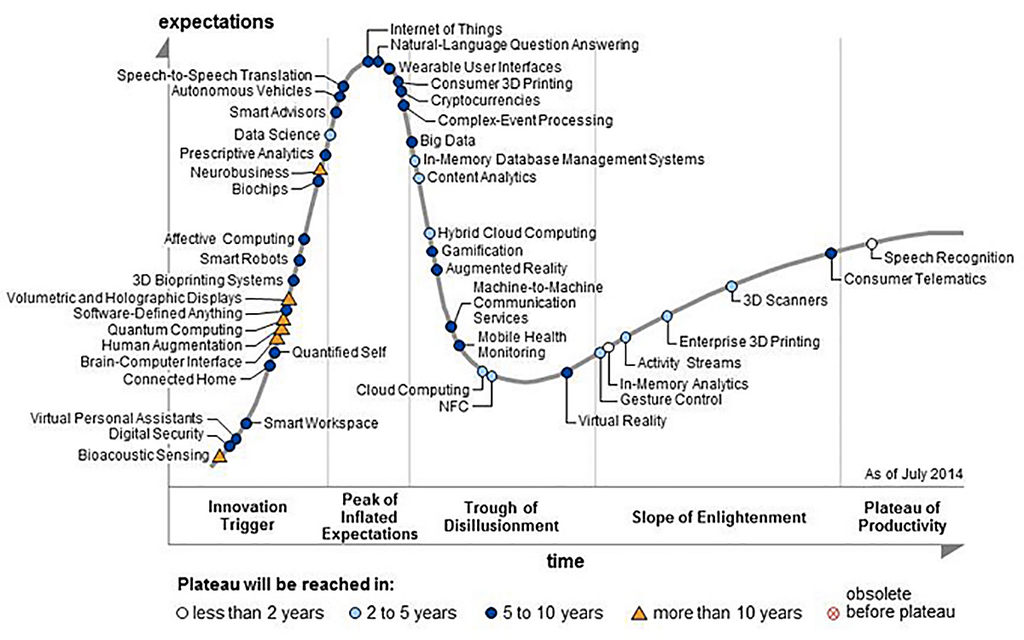589 words | ~3 min
From time to time, people ask me how to demonstrate the ROI of social media. For the record, this is my answer.
- You should calculate the ROI of social media in the same way as you calculate the ROI of other media.
- You should calculate the ROI of social media content in the same way as you calculate the ROI of other advertising creative.
ROI is one of those trump cards that you can always play as a marketer or advertiser whenever you want to sound like you're being businesslike and focused. It gets played a lot when we're talking about digital or social because those things feel intrinsically less familiar to many advertisers than other types of media (TV, press or outdoor, for example).
As a result it can become a sort of comfort blanket, a way of saying 'I don't want to do this' that doesn't involve grappling with the difficult issues of how best to use new media channels to a brand's advantage.
'Show me the ROI' is an unfair question to ask, if you're not following the two guidelines above. Specifically, people tend to ask more of unfamiliar media than they do of familiar ones.
Do you know the financial contribution to your business of your last press ad, or of that sponsorship banner at the cricket pitch? Can you split out the contributions of the media (the placement and format of the advertisement) and the creative (the advertising content itself)? If you know those things, I am impressed, and you are perfectly entitled to ask the same questions of your Facebook posts or that witty Vine video you published.
If you don't, though, you should hold your social media and its creative content to the same standard of measurement as your other advertising - not lower, but not higher either.
That means, in practice, that where you have developed proxy metrics for one medium, you should also develop them for your others. Suppose, for instance, you have worked out that reach and frequency for your TV advertising is a valid indicator of future financial performance for your brand; you should apply the same modelling to your social media. If possible, you should do this properly, with your research agency, developing a valid model that will let you say, in future, that you are confident that metrics X, Y and Z are useful predictors of likely sales growth.
In lieu of that, it makes sense to start with metrics in one channel that you at least know are valid in another, if you think that there are good enough reasons to think that the two channels are broadly alike. If reach and frequency matter in TV, they might also matter in online video, for example; if in press, then perhaps in Facebook posts.
Doing that at least gives you a business case for continuing to invest in channels that you believe are important, while you test and prove whether or not they are. One of the weaknesses of social media providers is their enthusiasm for promoting their own rather obscure metrics, which don't allow for such easy comparison. One of the things we do at Fabric is to help marketers cut through that definitional clutter, to see which oddly-named social metrics in fact have more old-fashioned ones underpinning them: online equivalents of reach, frequency, impressions, word of mouth, etc., that at least stand a chance of being validated.
# Alex Steer (16/06/2014)
